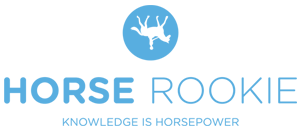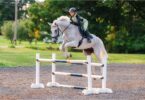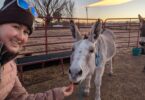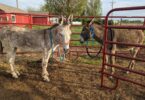Restoration Isn’t Just for Buildings
In a perfect equine world, there wouldn’t be a single abused horse. The overwhelming majority of equestrians want to create a better world for every horse they encounter. Unfortunately, there are a few “bad apples” out there who do not treat these beautiful animals with the care and kindness they deserve.
While not all abuse is intentional, poor treatment forever changes the lives of these horses. Some are lucky enough to land in the hands of a caring new owner, like Isaac with Karen. That is my hope for every horse that has been abused.
Get Experts in Your Corner
Please note that I am neither a veterinarian nor an adequate judge of your abilities with a traumatized horse. Therefore, proceed with caution and rely on your own equestrian mentors and professionals if you have any question about your ability to safely recover the abused horse in question.
If you have an equine that you’re fighting for right now, whether a recent rescue or a horse you’ve had for a long time that just doesn’t seem to be improving, the following are 5 tips to begin their rehabilitation.
Click to read our interview with author Dr. Stacie G. Boswell about her experience rehabilitating horses.
Tip #1: Find Out As Much As You Can
If you are in touch with the person, or organization where you got the from, find out everything you can about their past. Remember, the horse is in good hands now, so there is no need to take up a soapbox. Being critical will most likely cause someone to shut down and leave you with less information than you could have gotten by just asking.
Gather any information about past owners, past boarding situations, behavioral issues, , , and health conditions. Behavioral issues will be an indicator of the horse being beaten or frightened. Their health background can provide you with information that will help you recover them through their nutrition, pain recovery, disease treatment, and musculoskeletal rehabilitation.
Tip #2: Consult Your Veterinarian and Make a Plan
Before making a plan for retraining the abused horse, you will want to map out your process for their physical recovery. If the horse is dealing with ongoing pain or food insecurity, the training could easily go belly-up due to the constant struggle they’re dealing with. So make an appointment with your veterinarian for a comprehensive exam. This is definitely not the time to skimp on blood tests or other medical evaluations that could determine your new horse’s nutrition deficiencies, pain sources, diseases, or other ailments.
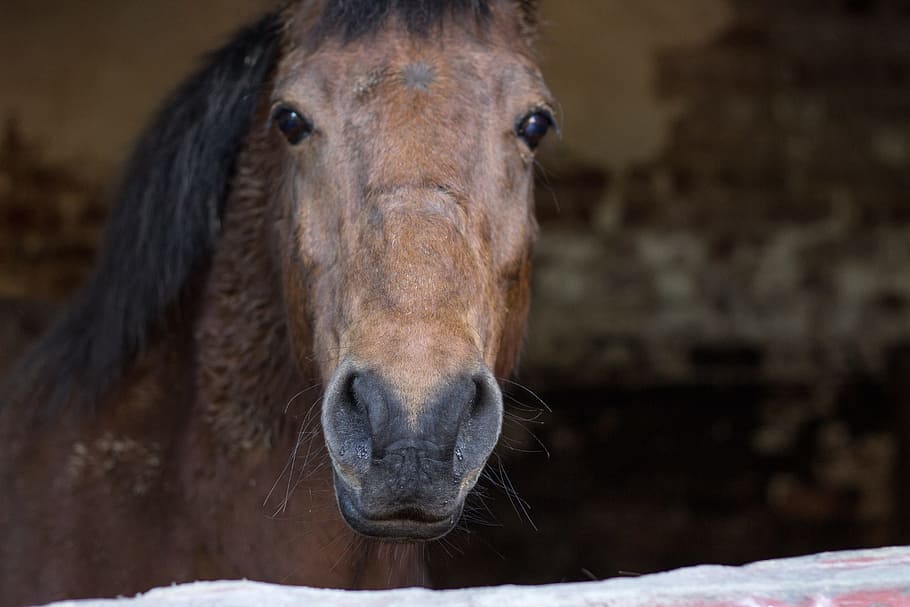
Source: Pxfuel.com
Be sure to tell your that the has suffered or and all of the history that you have gathered so they can be best-informed as well. After you’ve gotten the full results and recommendations from your veterinarian, make a plan for their physical rehabilitation. This may include multi-stage special feeding processes and other specialists like massage therapists or a chiropractor. Try to find a good farrier who will be sensitive to an abused or that is in recovery as well.
Tip #3: Create a Routine
Horses, like humans, find comfort in consistency.
Horses fears begin to unwind when they know what they can expect. With your new rehabilitation plan in mind, start creating a routine for feeding, turnout, mucking their enclosure, training, and bonding time together.
For everything that you would want to do with them on a day-to-day basis, give it a specific order and time every day. And if you have to incorporate something new into their rehabilitation or training schedule, tack it on to another one of their established routines.
Tip #4: Establish Leadership
This seems like a tricky step, because the horse that has been abused will likely have a fearful experience with their last “leader” (in quotes because a real leader will not be cruel). Regardless, in order for your horse to start trusting you and feeling that they don’t need to fend for themselves, they will need to understand you as the leader in the dynamic.
So, establish basic boundaries when handling. Likewise when you begin retraining, provide your horse the structure and consistency your horse needs for rehabilitation. In doing so, you will build their trust exponentially, because in contrast to their past, your leadership will be kind.
Tip #5: Spend Extra Time Bonding
When rehabilitating an abused equine, taking extra time to rebuild trust is crucial. Start working on bonding with your horse as soon as you possibly can. But remember to not take their withdrawal or aggression personally. Often, a will either be skittish, tense, or prone to biting and kicking.
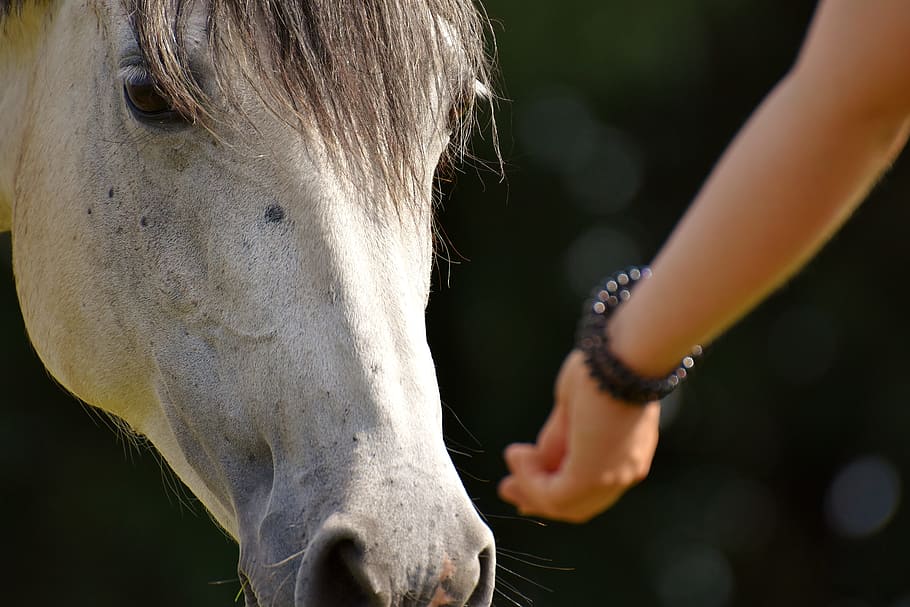
Source: Pxfuel.com
Make sure to stay safe, approach them carefully and unassumingly (keeping your body language calm and non-confrontational), and offer something to them. This offering can be a treat, gentle touch, a soothing voice, or just a presence with them. As small as these gestures may seem, these little moments add up and become a substantial bond with time.
Frequently Asked Questions
How do you get a skittish horse to trust you?
A skittish horse is often acting out of fear and has learned to distrust humans. It can take a long time to rebuild that trust and it is not necessarily a good task for a beginner. It takes time to learn how to read a horse’s body language and respond accordingly. Reacting the wrong way can reinforce whatever fear has become ingrained in the horse’s mind.
Acting in a calm, consistent, predictable manner can help slowly rebuild trust. Avoid sudden movements and loud noises. Ensure the horse has a daily routine; horses are creatures of habit and knowing exactly when and what to expect each day can help a horse relax.
How do you gain the trust of an abused horse?
Generally, a horse that has been abused has learned not to trust humans. People are viewed as a source of pain, stress, and unpredictability. To rebuild trust, you need to be the opposite—consistent, calm, and predictable. Don’t raise your voice, and don’t move quickly.
Understand that his instinct is going to be to run away; if that is not an option, he may act aggressively. Never let your guard down; be prepared to quickly move out of the line-of-fire. Training should be handled in a different manner than a “normal” horse—punishing any aggressive behaviors is not going to help the situation.
Create a routine so the horse can learn what to expect. Know when to give him space and be understanding; it may take years to desensitize him to whatever trauma he has endured.
How do you train an abused horse?
Every time you interact with a horse, you train him. An abused horse has been “trained” not to trust people. Before you begin to train (or re-train) an abused horse under saddle, you must first gain his trust on the ground. This can include slowly interacting with him for normal day-to-day activities—feeding, turnout—then progress to grooming and groundwork exercises, even some natural horsemanship.
Training should be more on the horse’s schedule than yours; because of his neglect or abuse, he’s going to have more to work through. The goal should be to work slowly and ensure the horse is comfortable every step of the way.
How do you spot an abused horse?
Horse abuse can take many forms. It may be obviously physical—for example, cuts or scar tissue in or around the mouth where the bit goes, or marks and scarring in the girth area from a spur. Unfortunately, is far too common in the .
Certain breeds emphasize specific traits in show horses. For example, tail swishing is viewed as a negative trait in certain horse show classes. As a result, some horses had the nerves in their tails permanently blocked so that they are not able to move them. This is illegal, but it doesn’t necessarily stop people from taking a shortcut.
Physical abuse may have healed faster than mental abuse. An abused horse will likely have a harder time trusting people. You may need to invest a greater amount of time to build a relationship with the horse.
How do you rehab an abused horse?
Each horse is going to be different. Some rescued horses may show past abuse by acting out with aggression, others may act skittish, and some might simply withdrawal from human interaction. It will take an incredible amount of time and patience; this work is not for everyone.
The more information you can discover about the horse’s previous situation, the better you can adapt to that individual horse’s needs. Taking the time to contact any of the involved with helping the can be very helpful for the and rehabilitation process. Always consult your veterinarian and work together to address any outstanding physical issues the horse may be experiencing. Create a routine to help the horse settle in and take comfort in knowing exactly what to expect each day. Spend extra time around them; know that it is going to take much longer to build trust and progress than your typical green horse.
Keep Caring
I strongly believe that (sometimes) all that an abused horse needs is someone to fight for them. There are unique stories behind every abused horse’s story, but the common thread in their recovery is simply someone who did not give up on them. Recovering an abused horse is not for everyone, so please let me caution those who are new to horses or are skittish around horses themselves: this work is not for the faint of heart, but it doesn’t take an expert, either.
If you have found yourself in a position to rescue a horse, remember that the whole equestrian community is cheering you on. Remember to lean on your fellow equestrian friends for support and encouragement and celebrate every single victory towards wholeness for the abused horse as he/she recovers. Even with this one horse, you are making the horse industry a better place. And for this one unwanted horse, you are making the world something beautiful and safe, not painful and fearful.
P.S. Enjoy this article? Trot on over to:
- How to Help Horses in Need: A Veterinarian’s Perspective
- How to Adopt a Wild Donkey: A Helpful Beginner’s Guide
- How to Introduce Yourself to a Horse
- Why horses are dangerous (but worth the risk!)
- Scared to ride your horse? Get your mojo back
- How can I calm my nerves before horse riding?
- 3 Fear-Free Secrets to Gain Your Horse’s Trust & Respect
- Bonding 101: How to Make the Most of Your Horse Time
